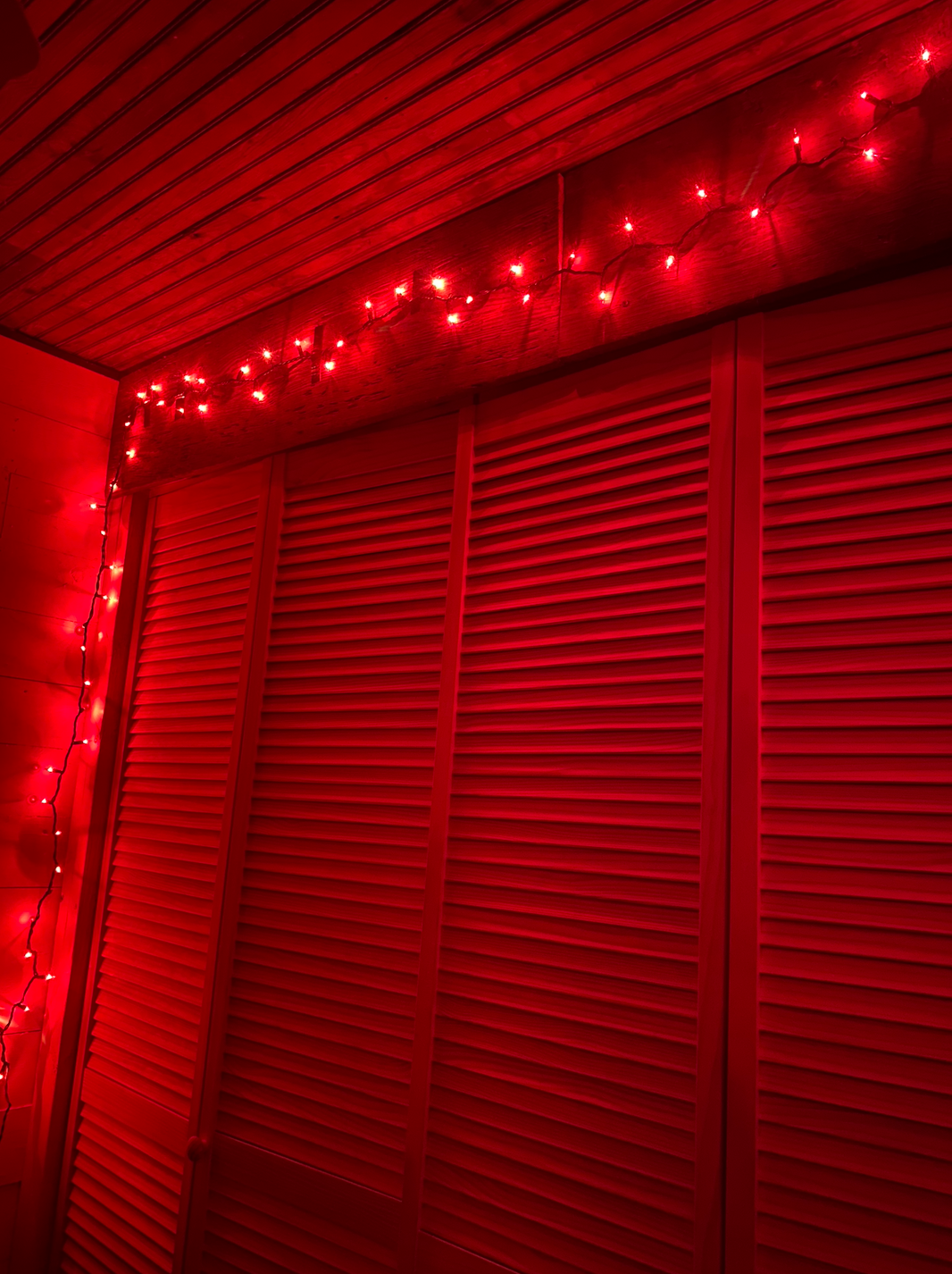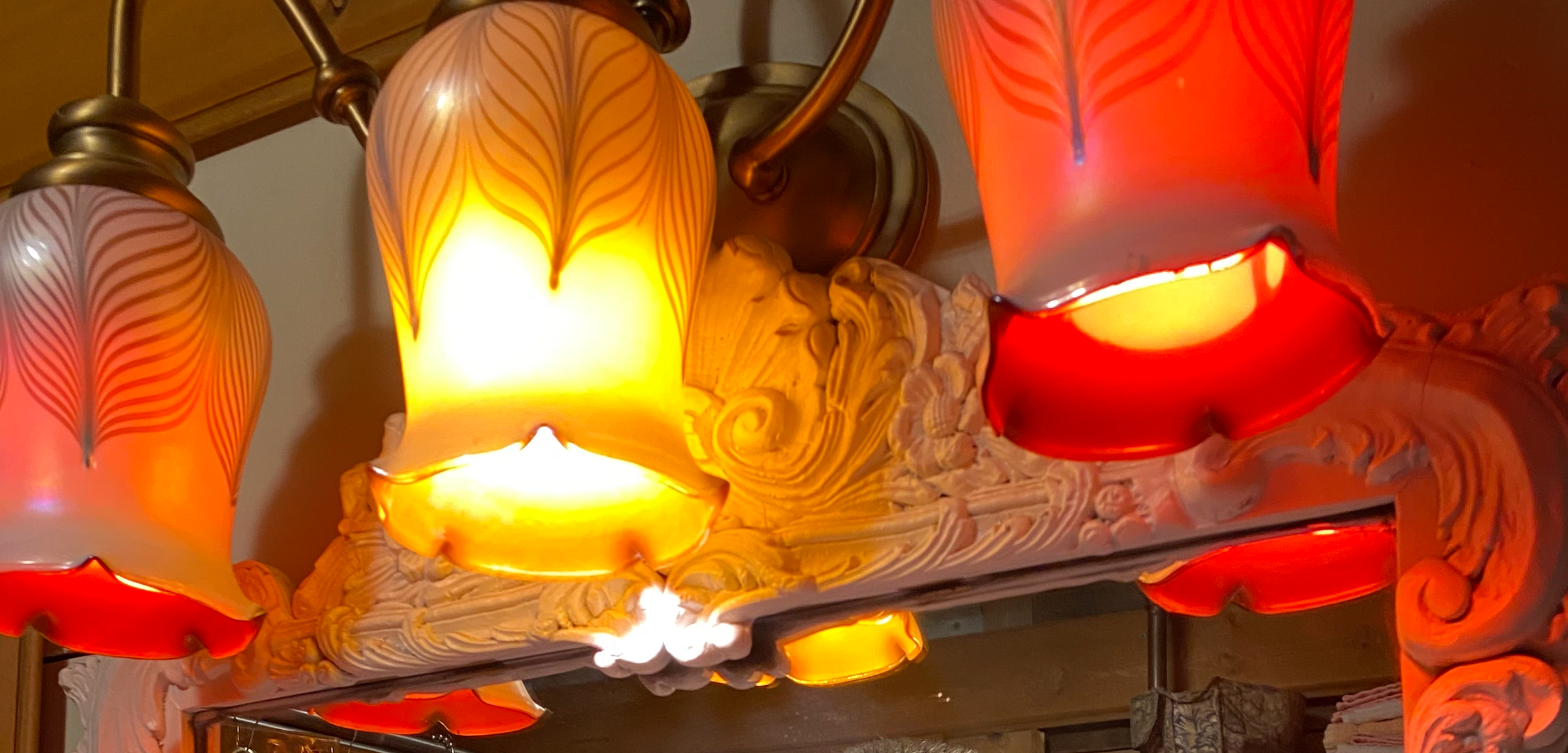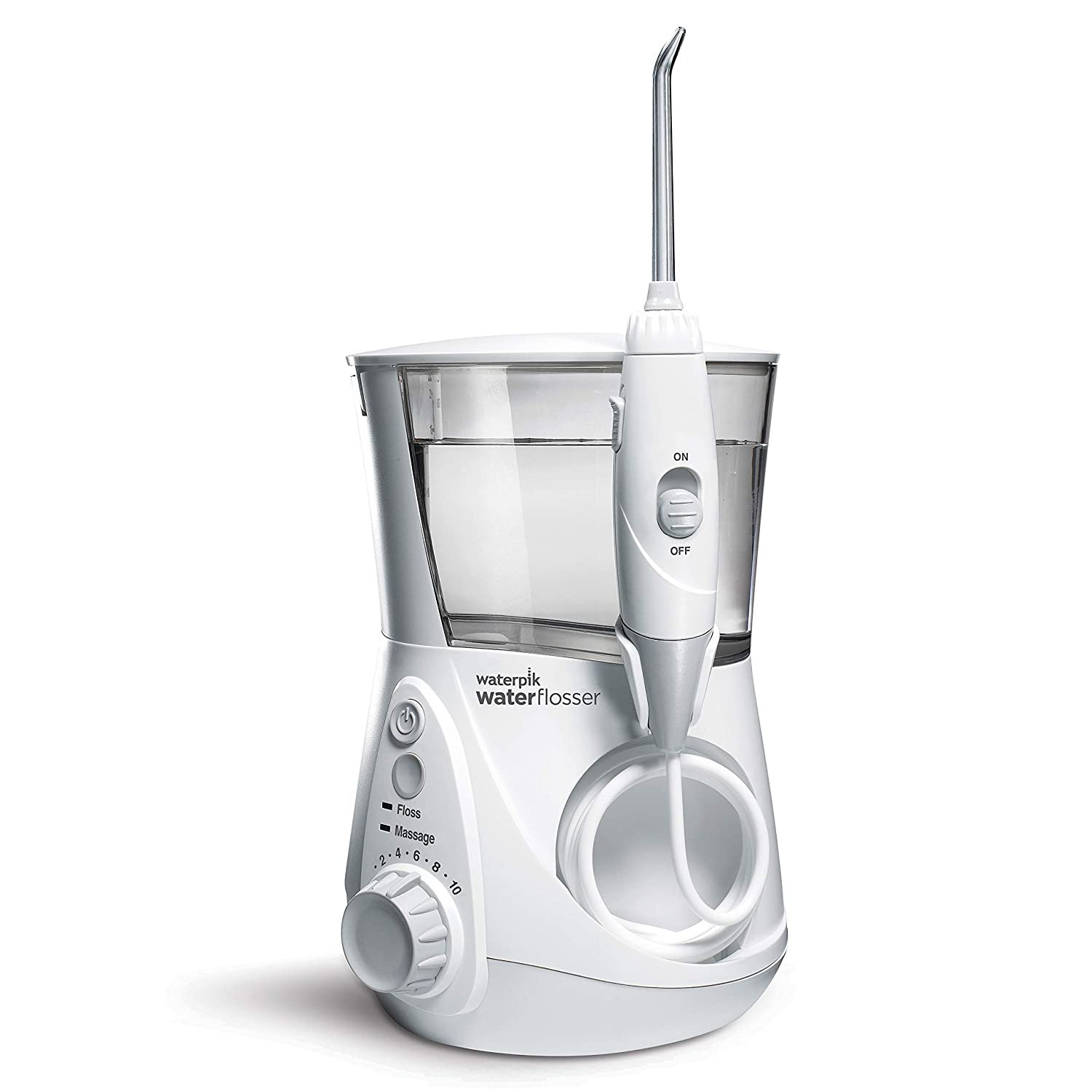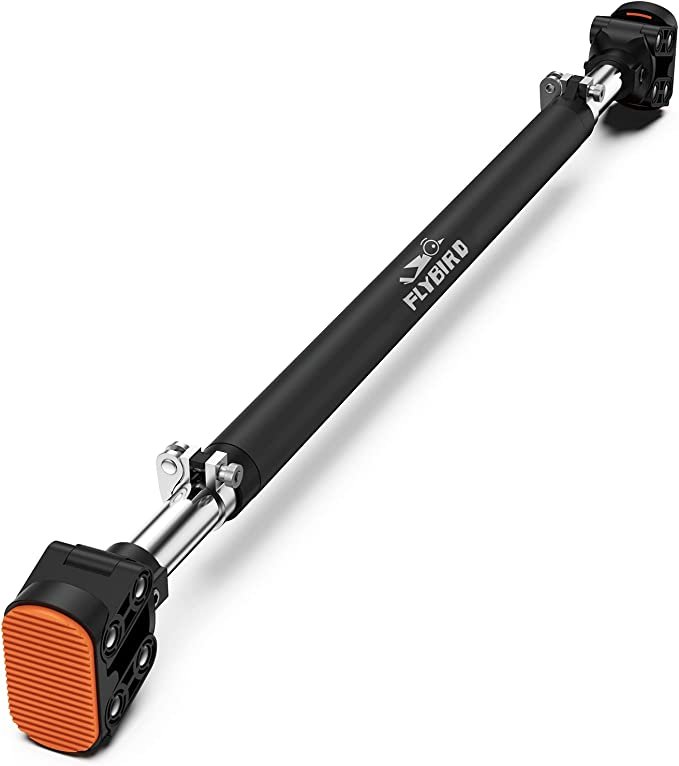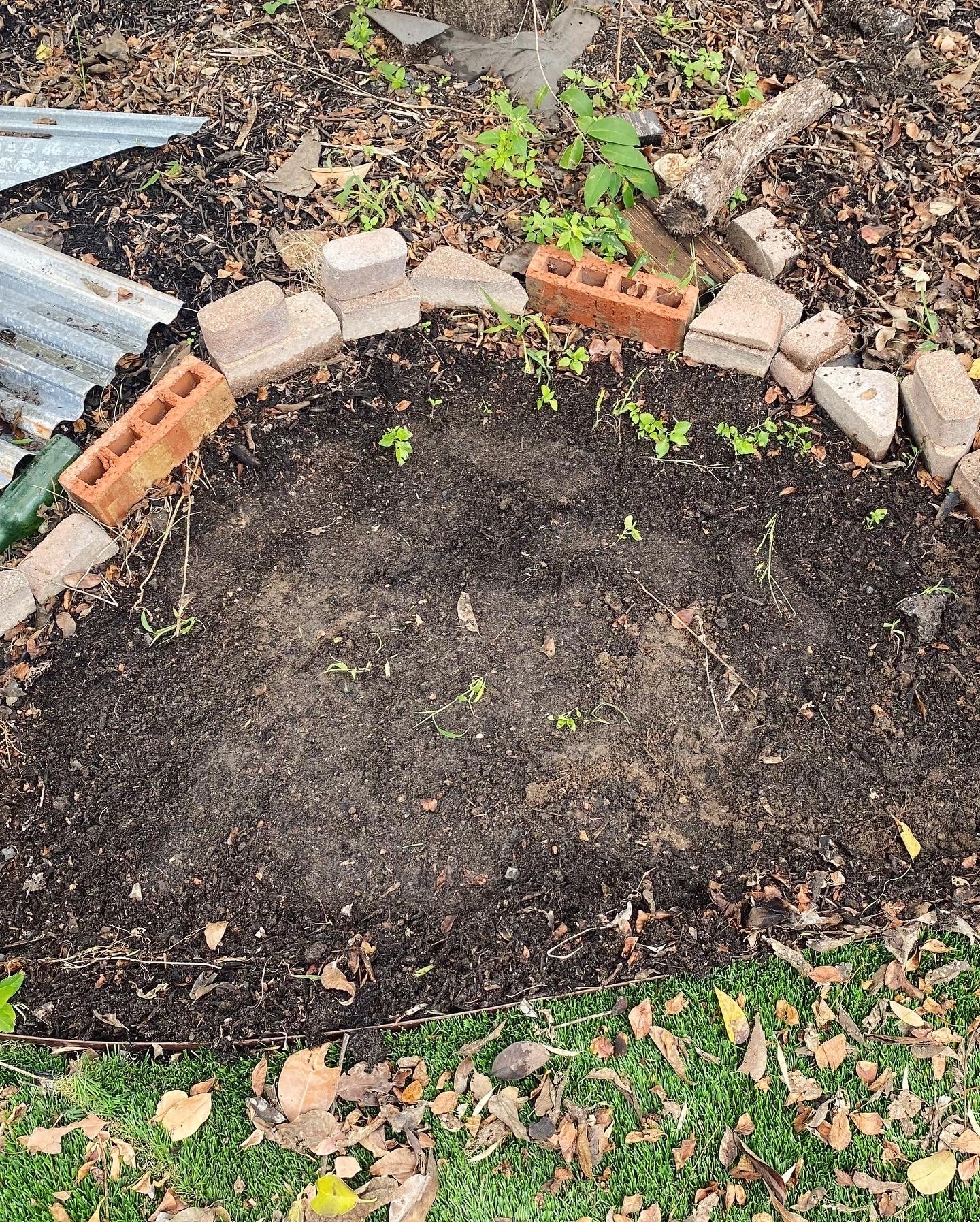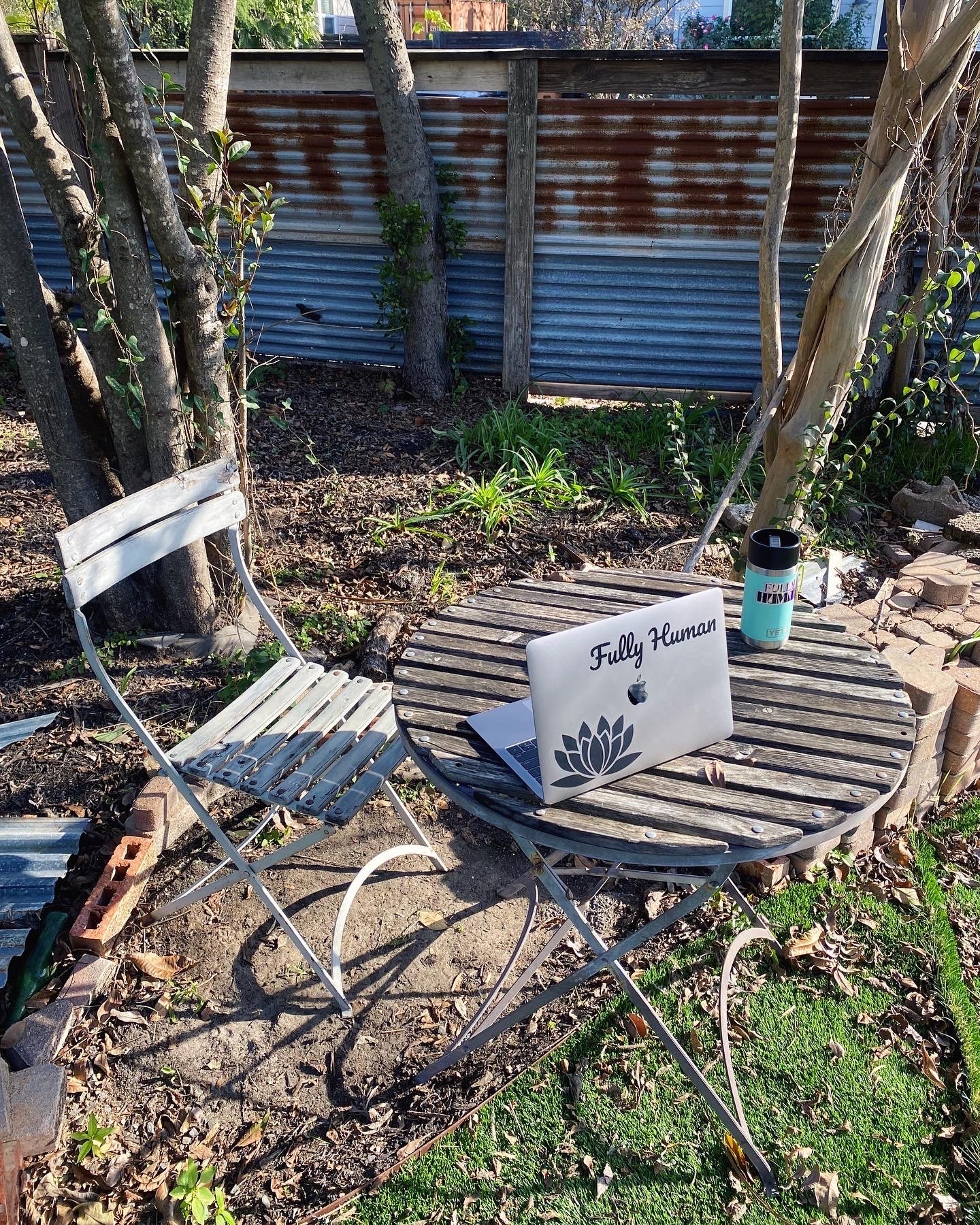10 Unique Ways to Make Your Home a Healthier Place
Today I’m sharing 10 fun ways to introduce vibrant health into your home. Hopefully, some of these unique quirks about our home can inspire you to move, play, and relate to your space in a healthier, more balanced way!
1. Red Lights
Red light is magic. After sundown, we use exclusively red lights in our home and have replaced many of the bulbs in our lamps with red bulbs. We use regular lights and daylight from windows in the daytime, but after dark: it’s all red in our home! This enables the body to wind down and produce melatonin naturally. Blue lights (like regular bulbs provide) trick the body into thinking it’s daytime, which means hormonal response for daytime and poor quality sleep.
Christmas lights: we have red Christmas lights strung across the top of our wall in the living room and in the bedroom for nighttime. It’s a really gentle and soft red and creates such a cozy vibe. Plus, they’re super cheap. We live in a cabin with wood walls, so we opted for the green cord, but you could go white if you have white walls!
Red bulbs: We swapped various bulbs in the house to red, like in the bathroom. Over the sink, we have 3 bulbs, and the two outer bulbs are red. We don’t have a switch for each bulb individually, so at dusk, we unscrew the white light bulb.
Red light therapy machine: finally, we use red light medicinally with our JOOVV panels. Red light has so many benefits; my partner brought the panels with him when he moved to Hawaii, then back to the mainland, and drove across the country with them to Austin (they’re big, and we have two!). We have the “Duo 3.0 Kit” which is two large panels stacked, and I typically start every day with 20 minutes in front of the red light!
JOOVV Red Light Panels
You can get a nice discount on the red light panels at JOOVV with code ‘FULLYHUMAN’!
We also use blue-light-blocking glasses when we watch a movie or look at our phones after dark. I have the ‘Nate Sunset’ pair, and you can get a discount using the same “FULLHUMAN” code on the entire website!
2. Going “Furniture-Free”
After discovering Katy Bowman’s work many moons ago, this has always been a goal of mine. Although I had at times had a “furniture-free” home, it has also ebbed and flowed over the years depending if I was renting a furnished place or not.
Going furniture-free isn’t exactly true since we still technically have furniture— but it is (mostly) low to the ground. Some fixtures (like the counter top and sinks) are at a normal level, but everything moveable is at floor level. Our bed (as I’ll touch on more later on), is on the floor. Our dining table is a coffee table, and we sit on the floor when we sit around it, or use props like a meditation pillow or foam roller. We got a futon cushion (not the base!) right on the ground for movie nights.
This is unusual for most households, but we absolutely love it. So much so it was actually on my “list” when calling in a partner: someone who aligned with my furniture-free values to move more, and spend more time on the ground.
Going furniture-free opened my eyes to the many ways we can incorporate movement into our daily lives. Living a movement-centric life is not about exercise, but rather about how we engage with our environments all day long. By swapping out traditional furniture for versatile alternatives like floor cushions, low tables, and yoga props, I've noticed a significant improvement in my posture, flexibility, and strength.
Embracing this lifestyle helps you become more in tune with your body's needs and foster a deeper connection to your ancestral roots. By rekindling the lost art of natural movement, I feel more grounded, energized, and truly alive. I wholeheartedly believe that adopting a furniture-free lifestyle has the potential to transform not just our physical health but also our overall quality of life.
Learn more by following Katy Bowman’s work (like her epic books Move your DNA, and Movement Matters).
3. Upgrade Your Toilet
3.1: The Bidet
Once you get a bidet, you’ll never go back. And no, you don’t have to install a separate fixture like they have in Europe; there are literally simple modern bidets that fix right onto your toilet and require no plumbing skills (see below). My partner has been using them for years, and now I totally get why. Using water to rinse after using the bathroom just makes so much sense; it cleans better, it uses less toilet paper.
We actually took it a step further and use no toilet paper whatsoever. You heard me. We bought two sets of organic baby cloths, and simply wash our cloths. My set is pink, his is blue, and we stack out towelettes in the bathroom. Step 1: use the bidet. Step 2: dry off with the little towel. Just toss it in the wash and yes, you’ll never buy toilet paper again!
(OK, ok, we still have a roll of toilet paper in the bathroom in case you visit! But, we don’t use it).
3.2: The Squatty Potty
While we’re on the topic of toilets, you should totally be using a “squatty potty” if you aren’t already. You don’t actually have to purchase the brand name, but do find a way to elevate your feet when you sit on the toilet! This puts your body in a more natural position to eliminate and actually changes your physiology to ensure you’re not using force to go to the bathroom. Whether you get a proper squatty potty or just use two yoga blocks: elevate those feet!
4. Water-Pik
A Waterpik, or water flosser, is a fantastic tool that seriously elevates your dental hygiene. The water pressure not only cleans between teeth but also promotes circulation and blood flow to the gums. It takes just a few seconds post-meal to do, and like the bidet, it’s almost impossible to go back to a life without water-piking once you’ve experienced it!
Bonus: Keep it in the kitchen. We have our Water Pik next to the kitchen sink to easily rinse after meals (when food sneakily gets caught in your teeth). I am always surprised at how much food comes out!
We use this one by our kitchen sink:
It has a big water reservoir, and we use filtered water to fill it, and water pik after every meal! We also have this portable one, but since we use the sink one so regularly, the other one is stored away.
5. Upgrade (and Downgrade!) Your Mattress
The upgrade: upgrade your mattress by opting for a firm mattress made from a quality, natural materials (without springs!). We have become accustomed to plush, soft, springy mattresses at the cost of our body’s biomechanical health. It may take a few nights to adapt to the firmer mattress, but your body will thank you in the long run. I’ll keep this point short because my podcast below does a deep dive.
The downgrade: ditch the bedframe. As in, get your bed down on the ground. This is a continuation of point no.2 (going furniture-free). This is particularly easy since ditching your bedframe can be done today, and you can start reaping the benefits tonight! The podcast gets more into it, but you may need slight elevation to allow air-flow under your mattress if you live in an area with any humidity. Get as low to the ground as you can, and enjoy the benefits of integrating movement into your daily life!
I actually did an entire podcast episode on upgrading your bed, and you can also hear my interview with Rosica from Home of Wool to learn more about one of the best mattress companies out there!
6. Hang
Another non-negotiable in the household: somewhere to hang/ swing. No, literally, two hands gripping, feet off the floor! The benefits of hanging are immense, and it’s the kind of thing that has to be accessible and regular. Getting in a hang whenever you pass a playground or at the gym is great, but grip strength is typically pretty weak for most, so building that up requires regular and consistent exposure.
We have a rock climbing-style hang board above our bathroom door, which we use throughout the day. It feels extra good to decompress the spine and wake up first thing.
Bonus if you can make space to also hang upside down in, which won’t work your grip strength and upper body but is life-changing when it comes to spinal decompression.
Check out some options below:
We have this rock-climbing hang board:
It’s fun to have different grips, this will really work the hands most. If you’re totally new to hanging, perhaps start with a bar (like the next option) that allows you to hang on fully.
A proper hang bar is a great option:
This installs in any doorway, and it is better for beginner hangs or if you really want to work your upper body most while you hang. Having a bar to grip on is easier than the rock-climbing hang board, meaning longer holds and more upper body work.
I also hang most days when I’m at the gym on a regular (and narrow grip) bar like this.
Yoga swing for hanging upside down:
This is the one when it comes to inversions and deep spinal decompression. Different from hanging (I would prioritize the hang boards or bar!), but awesome to introduce more play into your life, and get the benefits of hanging upside down!
7. Earthing Zone Outside
This little zone was born out of necessity for us since our landlords decided to TURF most of our backyard. The benefits of earthing (barefoot on the ground) are so profound, and turf (or any synthetic, and even many natural materials) don’t conduct as feet-to-soil does. So we created a little mini-earthing zone in the garden patch where we walk out every morning to earth and get morning lux (light) into our eyes.
This little patch might be less important if you haven’t been plagued by a plastic (turf) covering the ground, but hear me out: having a dedicated area, a little sanctuary you specifically go to every morning to earth, and getting morning light becomes a ritual. It’s harder to skip out on this habit when you do it religiously and cultivate a habit of actually going to this spot
Your earthing/ morning light habit should be a non-negotiable, so finding a way to incorporate a ritual every morning is the key. If you live near nature, going for a barefoot stroll and doing the same little walk every morning is even better! Walking + daylight + earthing is a magic combo. In the city, we’ve traded in the walking to actually earth while getting morning light since our neighborhood is full of concrete.
We also set up a workstation in our earthing patch when we want to work outside with our feet on the earth!
8. Decluttering 101
This is especially important if you live with someone else (a roommate or a romantic partner). Although everyone typically knows keeping the home tidy and decluttered, I hope to provide a slightly different spin on the conversation.
Decluttering when you live with someone is all about negotiation. Spend time in every room with who you live, and communicate about every area. What works? What doesn’t? This is vital when building a home with a romantic partner because cluttered and clunky aspects of the home become an energy leak. Too often we stay quiet about “stuff” that doesn’t work for us because it feels like a pain bringing it up, but the beauty of partnership (or roomateship!) is you have two sets of eyes to dissect the benefits and problems in the home.
After watching Jordan Peterson’s series on marriage, River and I went through our whole house just talking about what we liked and didn’t like. Although we had vaguely done this and already communicated so well and shared the same values— we were still able to comb through details of our home (like that messy “everything drawer”) that weren’t working for us. It was awesome.
9. Keep (Some) Stuff Out
On the flip side of decluttering comes the benefit of mindfully leaving some stuff out for easy access. We’re a minimalist household. but one group of things we love to keep out and in plain sight at all times are our bodywork tools. Lacrosse balls, the foam roller, the massage gun, and a few neck cradles to get trigger points and decompress the neck— these things we actually keep in our living room, on the floor near our coffee table dining room.
Since we spend so much time on the floor, having these tools there within arms reach means we actually use them daily. When you keep that kind of stuff hidden away in a drawer or closet, it almost never gets used. Keeping some things in plain sight ensures you actually incorporate them into daily life more naturally!
Here are some of our favorite gadgets:
This entire line of balls is great; the set of 3 massage balls is amazing, and so is their peanut. Use them for trigger point release or to roll out your feet. Stack your benefits by rolling out your feet while you red light!
A foam roller is a must. We have this big one as well as this smaller one at home.
This Cervical Traction Occipital Release Tool is life-changing. My partner uses it every night before bed, it relieves neck and back tension, and you can use the pressure points to work on those two tight spots at the base of your skull. Everyone needs one!!
Acumobility Deep Flat-Base Trigger Point Ball is a major relief for anyone who overuses their traps (me!!).
This wobble board is great for developing more stability in the foot and ankle.
An Indo board is also so much fun (and much harder!) but a great thing we pull out occasionally (this stays in the closet, it’s pretty big).
Massage guns are great. We have two, one we keep at home and one at the gym my partner works at. There are so many on the market these days, we have the theragun and the Steady State (which I can’t find anymore but looks just like this one).
10. Sleep in the Pitch Black
A quicky to end off: make sure you’re bedroom is absolutely pitch black dark. This likely means black-out blinds and covering up any little bits of light that shine out of the technology you can’t get rid of. We cover the little green light on our air-conditioner and keep all other tech out of the bedroom! Our biology requires total darkness for deep sleep. Bonus: shut off your Wi-Fi at night!
—
